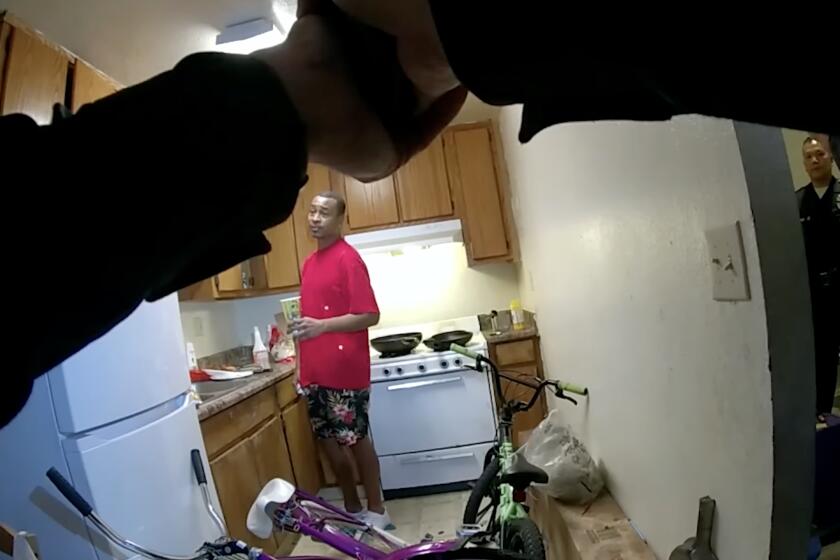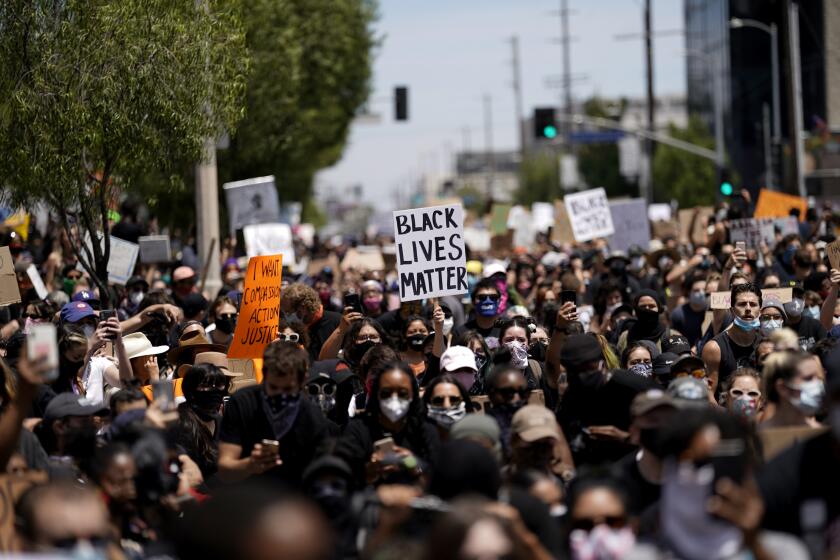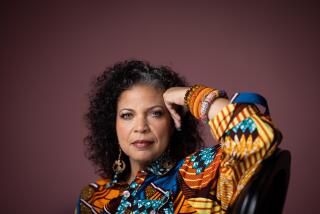Column: MLK had a dream about ending police brutality. In L.A., we’re clearly still dreaming
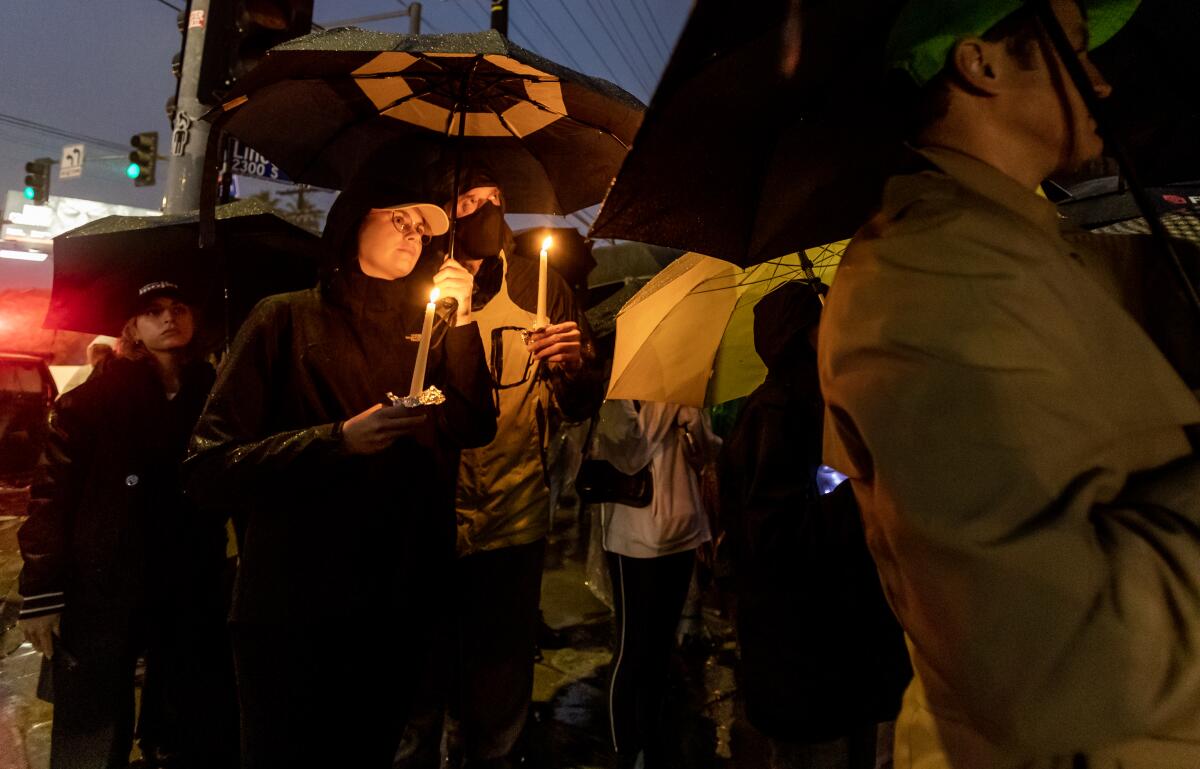
For two solid hours, the rain never let up.
Umbrellas collapsed. Puddles swallowed the feet of those not wearing boots. Ponchos hastily pulled over Black Lives Matter hoodies billowed and leaked.
And yet people kept coming to the intersection of Venice and Lincoln boulevards, drawn there by the need to mourn Keenan Anderson, one of three men of color who lost their lives this month following unnecessarily violent encounters with the Los Angeles Police Department.
“We come to you, God, with tears streaming down our faces, with our hearts broken. God, we come to you asking you why? Why does this continue to happen to our people?” the Rev. James Thomas, standing on a flatbed truck, shouted through a microphone as if he were ready to fight the raindrops. “Why do we continue to have to deal with this perpetual mourning? Why do we continue to have to endure white supremacy and evil in those who are supposed to serve and protect us?”
No one had answers. No one does.
And yet, every year on this day in January, people turn to the words of Martin Luther King Jr., in some ways, looking for just that.
What gets quoted the most — and misconstrued most — is one part of his speech at the March on Washington in 1963. The part where he says he had a dream that his children would “one day live in a nation where they will not be judged by the color of their skin but by the content of their character.”
Videos released this week of a teacher who died after Los Angeles police discharged a Taser on him at least six times on a Venice street raise serious concerns about the officers’ tactics, law enforcement experts who reviewed the tapes said.
But lately, I’ve been ruminating on some lesser-known words from King. That, as he also said in 1963, “we can never be satisfied as long as the Negro is the victim of the unspeakable horrors of police brutality.”
He’s right, of course. But “never” sure is taking a very long time.
This feels especially true in Los Angeles right now. Despite decades of protests and agreed-upon reforms, the three men who died this month after their encounters with the LAPD were each in the midst of a mental health crisis. For whatever unacceptable reasons, none of the officers requested mental health workers to help de-escalate the situations.
Two of the men, Takar Smith and Oscar Sanchez, were fatally shot. The third, Anderson, went into cardiac arrest and died after police tased him repeatedly — a series of decisions that even policing experts have called excessive.
It was Anderson, a cousin of Patrisse Cullors, one of the founders of the Black Lives Matter movement, whom hundreds came to mourn over the weekend at Venice and Lincoln boulevards. That intersection, just two miles from my apartment and always jammed with cars and buses, is where he spent some of the last moments of his life.
Anderson had flagged down a motorcycle cop after a traffic collision that police characterized as a “felony hit-and-run.”
Video released last week by LAPD Chief Michel Moore shows the 31-year-old teacher frantic, frightened and begging officers for help. But within minutes, more armed officers arrived. And Anderson still ended up facedown in the middle of the street in Venice, a cop’s elbow on his neck, handcuffed and hobbled at his ankles.
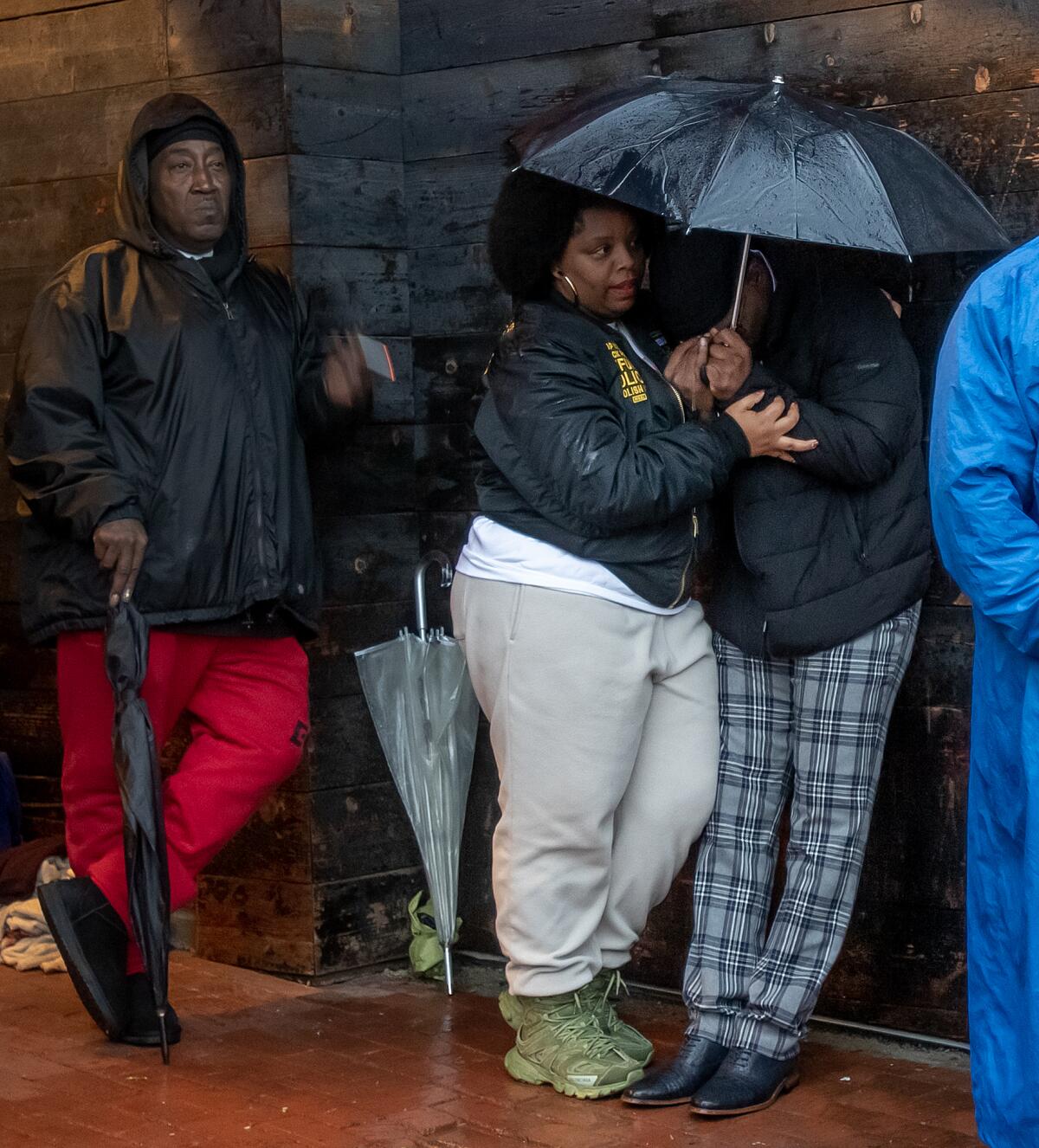
“How many more hundreds of years must we endure this, God?” Thomas continued. “This young man did all the right things. He went to college. And then he decided to use his education to give back to our people, to young people.”
Cullors was among the last to speak at the vigil. Wrapped in a poncho, her natural pouf of hair stuffed into the hood, she sighed as she finally took the microphone.
An ambulance screeched by, its siren wailing. And then a fire truck, its lights flashing.
“This year is the 10-year anniversary of Black Lives Matter,” she said. “Ten years ago, when many of us stood up and said enough is enough — we are going to challenge the public to value Black life. And now, 10 years later, I stand in front of you on Venice and Lincoln.”
Cullors took a deep breath, the only sound the steady beat of raindrops.
“I stand in front of you on Venice and Lincoln,” she continued, her voice cracking, “where my cousin begged for his life, where he pleaded for his life. No human being deserves to die like that.”
::
LAPD Chief Michel Moore addressed the three deaths at Tuesday’s meeting of the Police Commission, promising to make public body-camera footage the following day.
Confident. Quiet. Always wearing a big smile.
Anderson was a father and a soon-to-be husband who came from a very large, very close-knit family. He had a lot of cousins, some older, some younger, but almost all of them in Southern California.
He had just moved to Virginia with his fiancé and had started a job teaching English at a charter school in Washington, D.C. But for several years before that, he taught at a charter school in Watts, teaching English to juniors and seniors as chair of the department, as well as teaching drama classes.
Cullors, who was older than Anderson, said she didn’t get a chance to see him in L.A. before he died.
“I wasn’t on the continent,” she told me. “I had just come home.”
A flurry of text messages from other cousins led to the “‘Twilight Zone’ episode” that has been her life for the past week or so. Making public statements, scheduling news conferences, holding a vigil, and calling for justice — and doing it for her relative, as opposed to someone else’s.
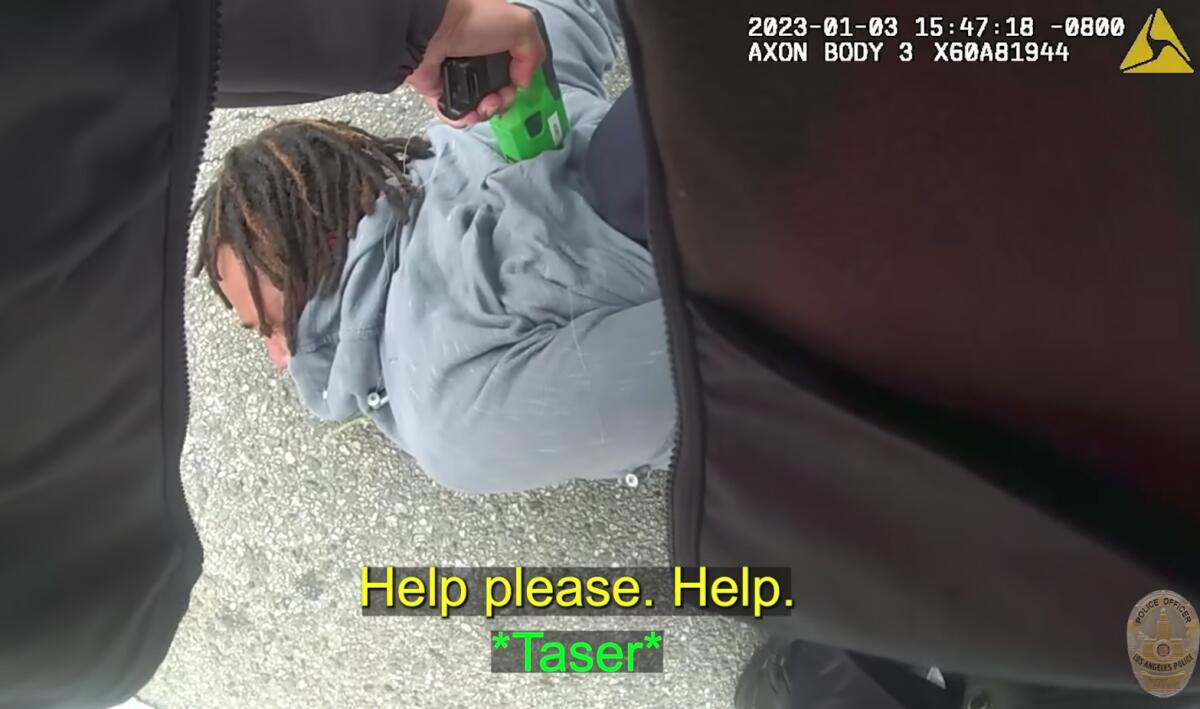
But so far, the worst has been watching the body-camera footage of some of Anderson’s last moments.
“When any Black person dies, it feels personal to me. And I had to watch this video,” Cullors told me. “I needed to see the edited footage — because we all know this is edited — to see what state my cousin was in. And to see him so scared, pleading for help, asking for help, begging for help and literally not receiving that help.”
A preliminary toxicology report by police determined that Anderson had cocaine and cannabis in his system. A more complete autopsy from the county medical examiner’s office could take months.
In the meantime, Cullors is trying to figure out how to move forward — as both an activist and as a woman grieving a close relative.
She stepped down in 2021 as executive director of the Black Lives Matter Global Network Foundation, the umbrella nonprofit that receives donations and distributes the money to activists. Her resignation happened under a cloud of controversy, leading to new leaders, a new direction, infighting and a wave of legal drama.
But based on the hundreds who showed up for the vigil in Venice over the weekend, there’s no doubt that Cullors still commands loyalty from local racial justice activists and from the movement against police brutality that she helped build.
Still, Black people keep getting victimized.
“Folks who’ve been in the movement for many decades start to ... see the cycle repeat itself,” she said. “And I’m racking my brain, like, what else can I do? How many more of us have to be sacrificed for actual meaningful change to happen?”
In a new lawsuit, Black Lives Matter activists allege the leaders of BLM’s nonprofit foundation went rogue and stole millions of dollars in donations.
Like many others, particularly on this day in January, Cullors has turned to King, looking for answers. And she is convinced that “my cousin would be alive if we had actually manifested his dream.”
There are less lofty but still important steps toward public accountability that can be taken now, though. The most obvious is for the LAPD to start releasing the full, unedited footage of violent encounters like the one with Anderson. Other police departments in California do it. There’s no reason it can’t be done here, too.
Mayor Karen Bass has already vowed a full investigation and pushed for the officers involved in not just Anderson’s case, but also that of Sanchez and Smith, to be placed on leave. Perhaps state legislation will come of this.
Anything to prevent another victim of the unspeakable horrors of police brutality.
“We don’t have to live like this,” Cullors reminded everyone in earshot at the vigil. “This doesn’t have to keep happening. Y’all, we do not have to live like this!”
More to Read
Sign up for Essential California
The most important California stories and recommendations in your inbox every morning.
You may occasionally receive promotional content from the Los Angeles Times.

